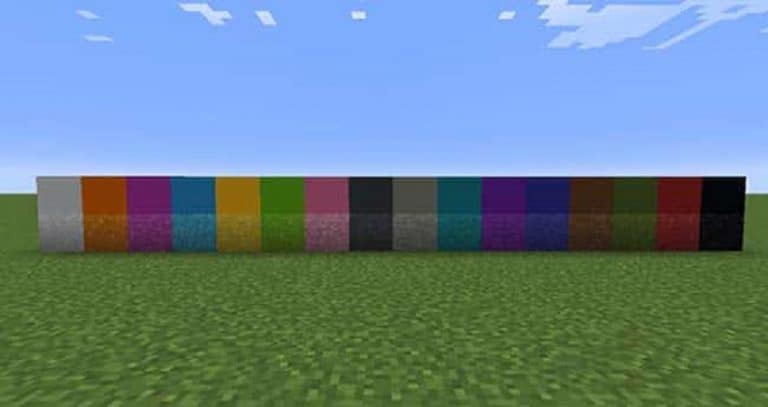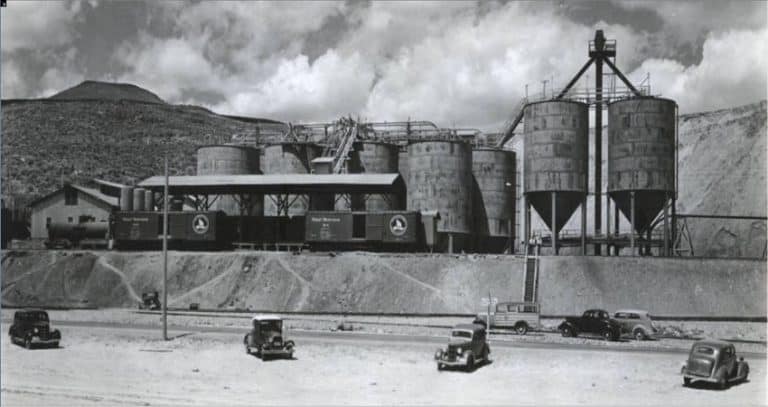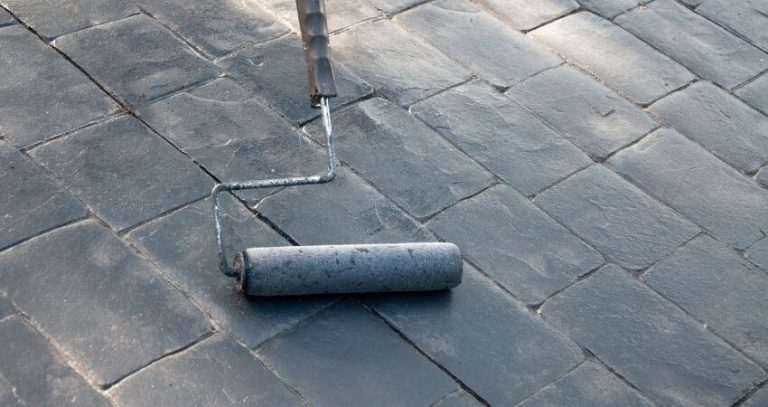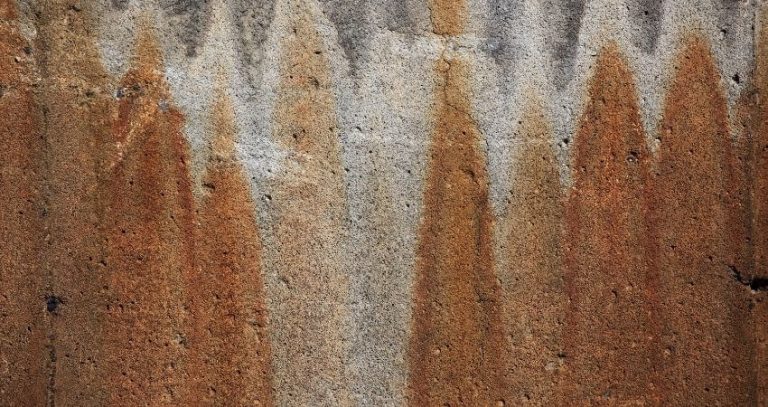Concrete Thickness for Sidewalks: Selecting the Perfect Thickness
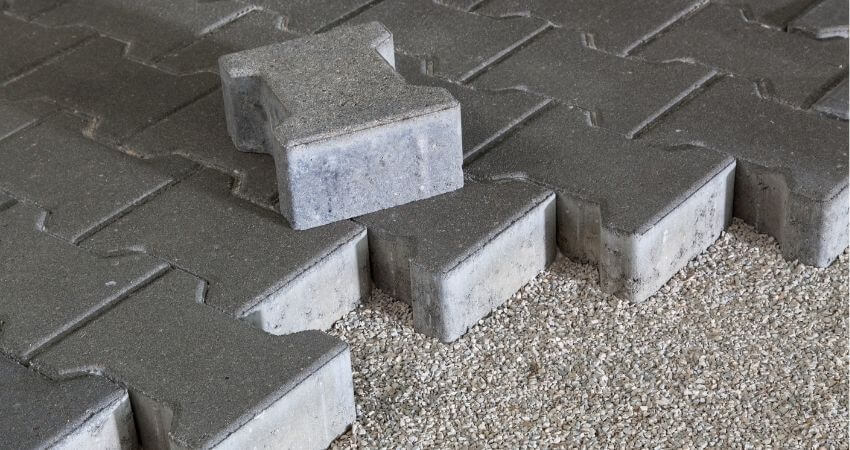
Sidewalks are an essential aspect of the municipal environment and should be universally open and safe. They should be able to handle everybody, users, including users with vision impairments and mobility. The utilization of sidewalks as an alternative to using the car, it should be recommended to promote a better lifestyle.
Concrete thickness is based on its use. In the area where you are laying the concrete, you will need to understand the soil or subgrade conditions. It also relies on the intent of the concrete that you set down.
A significant component of safe, open, aesthetically pleasing sidewalks is an urban infrastructure of the municipality.
Users of the sidewalk must have secure, open walking areas outside the traffic zone. Deteriorate sidewalks can generate threats that impact public safety and transparency.
So, let’s get to discuss concrete thickness for sidewalks by selecting the perfect thickness.
Concrete Thickness for Sidewalks: Selecting the Perfect Thickness
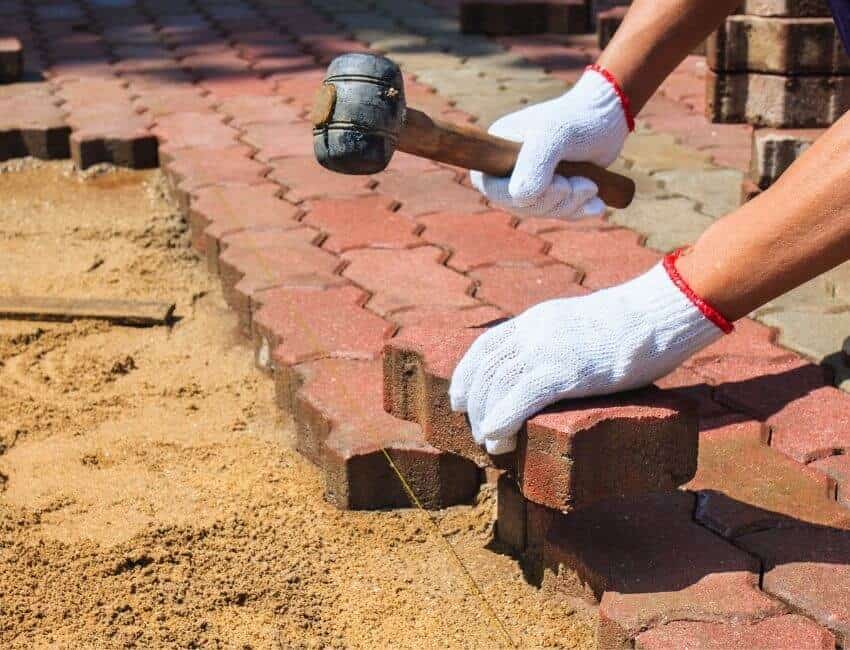
Tools required for selecting the perfect thickness of concrete sidewalks
Every construction work needs a tool. There are some tools which you can buy for doing this work. These products will try to ease your job. Like:
Any concrete contractor must have a full collection of instruments to get the job done because the correct tools will mean the difference between a good pour and a likely catastrophe. Most of the critical devices are standard and do not require a significant investment.
How can you create a long-lasting sidewalk?
One major factor in the appearance and endurance of your sidewalk is the thickness of the concrete sidewalk. For the professional appearance and long-lasting strength you need for any sidewalk, proper installation is vital. Without the inclusion of extras that would raise your build’s expense, a well-built sidewalk can fulfil your needs.
For sidewalks or walkways in residential and industrial applications, architects usually use concrete.
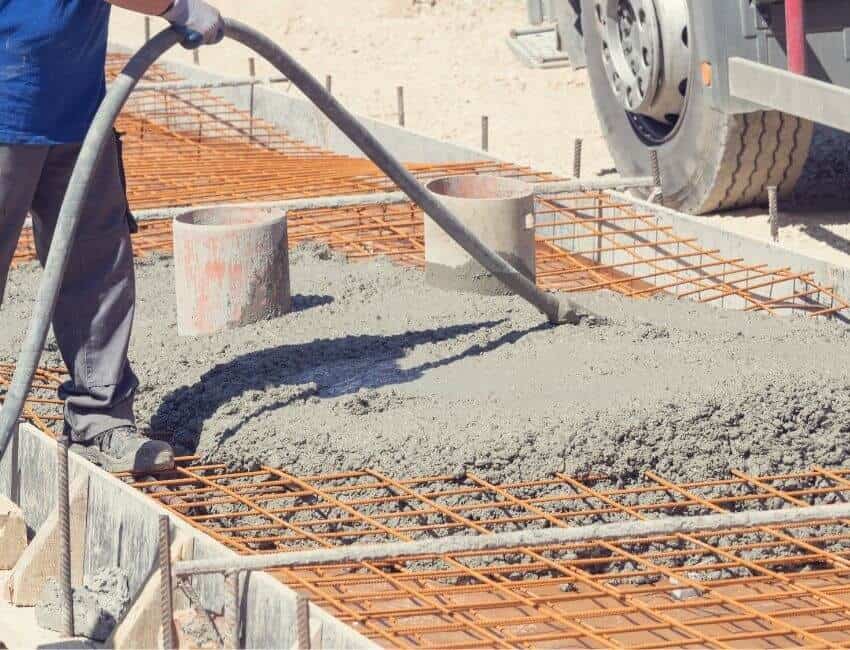
Sealing Your Sidewalks
Concrete works very adequately if it is never sealed, but it can prolong its life and keep it looking good by adding a good quality sealer every few years. It’s a simple project for a DIYer to add a concrete sealer, and it will hold the concrete slabs looking nice and hopefully lasting longer.
Not only do sealed sidewalks avoid staining and wear, but they also stand up to weather, salt, and deicing items better than unsealed surfaces. To maintain sidewalks in optimal condition around your property, automatically add a sealer substance after the concrete is poured, then reapply if appropriate every few years.
Some Factors of sidewalk thickness

Thickness of Foundation
The concrete walkway is protected by a foundation or bed of gravel about 4 and 8 inches deep. Load the stone to create a solid bed for the concrete using a vibrating plate tamper. Never pour sidewalks over lawn or sod, or walkways. The substance of the organic plant decays and allows the foundation to settle, which can contribute to sidewalk cracks.
Getting Deeper
To withstand the weight of cars, walkways that cross driveways should be thicker. Thicknesses of around 7 1/2 to 8 inches are recommended, bringing extra strength to the places where the additional load is needed to be borne. In the field of the road, the walkway just has to be thicker. For instance, use 2-by-4-inch boards for forms to pour a 4-inch wide walkway along the street.
Popular Thickness
Most contractors pour a 4-inch thick slab for a pavement or walkway, creating a stable surface to accommodate foot traffic and light-wheeled vehicles such as motorcycles or hand carts. It is vital, robust, and water-resistant to properly cured concrete. A 4-inch thick walkway slab is created using 2-by-4-inch boards as shapes and leaving a 1/2-inch clearance under the boards. At this depth, one cubic yard of concrete occupies a walkway of around 80 square feet.
Strengthening
For the concrete walkway, steel reinforcement rods or fiberglass fibers provide protection. As cracks form to help protect the walkway from causing height gaps that might cause pedestrians to slip or crash, the supporting material avoids shifting the walkway.
The fiber in concrete sidewalks
Instead of plastic fiberglass drying shrinkage, fibers are commonly used in concrete to control cracking. They also decrease concrete permeability and therefore reduce water bleeding. In concrete, certain kinds of threads provide more significant effects, abrasion, and shatter resistance.
Fibrous fabrics such as synthetic fibers, glass fibers, natural fibers, and steel fibers are fiber mesh. Usually, it is used for sidewalks, patios, and driveways. The purpose of fiber mesh is to decrease the loss of water from the concrete and increase its structural integrity.
Fibers are specified in concrete in chosen applications in The City’s specification. Fibers are applied in the plastic form to the concrete mix and effectively reduce the cracking of plastic shrinkage.
Some Steps of Walkways
- Overbuild forms to the
Every contractor has a horror tale of forms that have bulged under the weight of wet concrete. Create solid shapes to stop a horror tale of your own. Except for curves, use 1-1/2-in.-thick boards. If you are using 2x4s or 2x6s, position stakes apart by no more than 3 ft. Pack soil toward them if the shapes stretch below level.
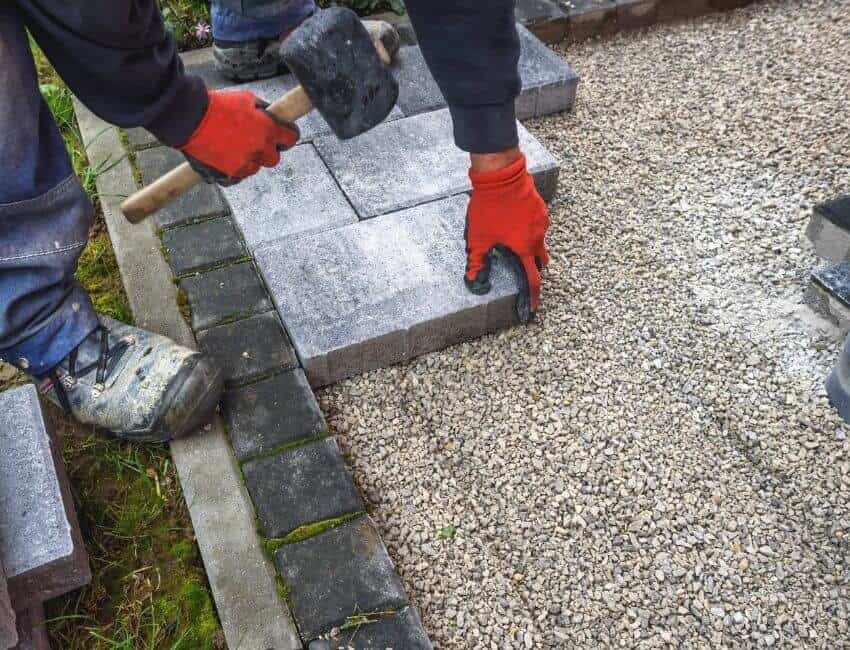
- Hardboard to form curves
Hardboard siding is designed for external walls, but since it’s lightweight and inexpensive, it’s also an excellent material for curve formation—a Twelve-In. 16-ft x. At lumber yards, a plank costs about $10, and you can cut it to whatever width you like. Since it is so flexible, the hardboard requires external support to avoid bulging against the concrete’s force. Place stakes no more than 3 ft. apart if the forms are belowground and pack soil against them.
- Hold stakes underneath the top of the form.
Stakes the project above forms build a barrier for the screed floor, even without hurdles, screening concrete is challenging enough. So take five minutes to break off any protruding stakes before you spill. Be sure that your screed board should not drag against the ground if your shapes’ tops are above ground level; you will need to skim off a little dirt to clear a path for the board.
- Lay down a solid base with a solid base
The secret to crack-free concrete is a firm, well-drained foundation. Compacted soil accompanied by several inches of base material like gravel is usually the safest plan for a stable base. The most robust basis, though, relies on the environment and soil conditions. So speak to a local construction inspector who is acquainted with the neighbourhood’s standards. Loading the dirt with a leased plate compactor is always a smart idea, but if you have sandy soil, you might be able to miss the gravel instead.
- Plunge the bubbles out
On sidewalks or driveways, it typically does not matter. But above ground, the findings will look like Swiss cheese on steps, curbs, or walls. Only take a 2-4 and “plunge” all over the shapes to stop that. Then go all the way with a hammer down the conditions, tapping the edges.
- Stop having so much water.
If the pavement is too dry to flow down the chute, “No, thanks” should be the response. At the factory, the proper quantity of water is calculated correctly. Additional water weakens the mix. More water quickly makes it easier to deal with but can lead to a softer slab.
- Split joints of deep power
Since they control cracking, the grooves in concrete are called “control joints”. When it dries, the mortar shrinks, so cracks tend to appear elsewhere. Rather than an ugly spiderweb pattern, control joints establish straight splits. They also restrict later-forming damages. On a pavement, space joints are 5 ft. apart or less; not more than 10 ft. apart on a slab or driveway.
- Slowing down the curing process
The more concrete remains wet, fibers or challenging and more potent it becomes, the more water is essential for the chemical reaction that helps concrete harden. Covering asphalt with 4-mil plastic sheeting is one way to slow down the drying process. Gently disperse the acrylic until the asphalt is rough enough that you can’t make an impact with your finger. Stretch it out to remove wrinkles and lock in moisture by weighing the edges down. Lift the plastic and softly spray on more water as you see signs of drying. Three days to avoid the pavement or patio wet. For a driveway, seven days is ideal. On concrete, plastic can create mottled colouring, but in the splotches vanishes a month or two.
Advantages of sidewalk thickness
Attractive and practical sidewalks facilitate walking more safely. And minimize reliance on transportation through automobiles. Appropriate planning and construction promote accessibility and visually disabled residents’ use of sidewalks. It could be possible to use strollers and other wheeled family leisure vehicles. Posts from consumers are limited. Costs in the life cycle are minimized. Sidewalks have an extended operating life. The risk of users sustaining injuries is minimized.
Pouring Concrete walkway
One of the most realistic ventures you can implement is pouring a concrete walkway as a homeowner’s master. Once you have excavated and poured out a passage, you should take on broader concrete plans, such as patios and driveways, with confidence.
Poured sidewalls made of concrete are functional and highly durable. Snow or a freeze does not need footing, but you will need to cut sod and dig about the web. The excavation depth ranges from project to project, and it depends on the concrete thickness, plus the sand or sand thickness—subbase of compactible gravel. The subbase, the body itself give a more solid surface and the chance for water to drain off so that it does not directly provide pool beneath the walkway.
Some Important FAQs
Please go through this question and answer part. These will assist you in understanding the topic above.
For concrete, what is the minimum thickness?
Usually, concrete is applied at a thickness of 2 or more inches, so the darker it is, the harder the slab would be. Most generally, four inches is for a slab. The thinner uses will include, just to name a few, drives, walkways, slabs, and footers.
How dense is my concrete meant to be?
To have the right thickness place concrete to a 4-inch minimum thickness. According to the Tennessee Concrete Association, raising the thickness from 4 inches to 5 inches would add about 20 per cent to your concrete rate. Still, it will also increase the load-carrying capacity of your driveway by nearly 50 per cent.
For a 4 inch slab, do you need rebar?
No, with a 4-inch slab of concrete on grade, you do not require rebar. It does not require a 4-inch-thick slab cast on the ground and permanent contact with it to float and rebar. On concrete measuring 5-6 inches thick, Rebar is preferred.
Should you place plastic under a sheet of concrete?
Recently, however, research has shown that the old conventional 6-mil Visqueen layer under the slab is rarely successful for two key reasons: while it might appear water-tight, it requires a lot of water vapour to move through this grade of material.
What is the best base for concrete?
The base course material, according to ACI 302, “Concrete Floor and Slab Construction,” should be “compatible, easy to trim, granular fill that will remain stable and support construction traffic.” ACI 302 recommends material with 10 to 30% fines with no clay, silt, or organic materials.
What do you put down before concrete?
To shore up the subsurface, sprinkle a thin layer of cement sand onto the gravel and dampen it with water. Do not leave any standing water and allow the dampened sand to dry for about an hour before pouring the concrete. Ground preparation is key to pouring sidewalk, driveway, or any other concrete slab.
What happens if you pour concrete on dirt?
The clay can compress under the concrete’s weight, causing the slab to shift or sink over time. It can also leach moisture from the concrete itself, resulting in uneven curing and a brittle base. However, with proper preparation, it’s possible to pour a slab on clay soil without encountering these problems.
What is the cheapest way to make concrete?
You can get cheaper concrete by purchasing sub-grade concrete. This usually is available at salvage yards and is a clean material. Therefore, you don’t have to worry you’re not getting quality material. You’ll save a lot of money on concrete, and you’ll be doing your part for the environment by using reclaimed materials.
Conclusion
The structure’s nature predetermines a sidewalk’s ability to withstand deformation, and this can not be changed by preventive maintenance. Municipalities need to defend the public by recognizing the situation—sidewalks by way of routine inspections.
For sidewalks that are vulnerable to increased foot traffic or a significant number of inspection periods of one or two years could be warranted for senior citizens. Recording quality scores can help ensure that the right decisions on maintenance and replacement are taken.
So we can say that Sidewalks can provide pedestrians isolated from a secure, relaxed area the direction of traffic there. When sidewalks are installed within the public right-of-way, the municipality retains responsibility for all possible maintenance, restoration, and reconstruction during the asset, repair, and service life.

I’m a concrete contractor by trade and have been working in the industry for over 25 years now. I’ve seen (and done) it all when it comes to concrete, and I love sharing my knowledge and experiences with others who are interested in learning more about this amazing material. In my spare time, I enjoy spending time with my family, fishing, and watching NASCAR races.



